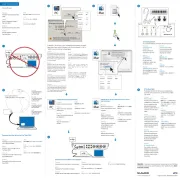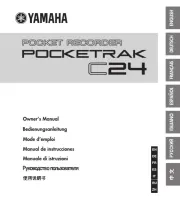Olympus DS-61 Manual
Læs gratis den danske manual til Olympus DS-61 (171 sider) i kategorien Stemmeoptager. Denne vejledning er vurderet som hjælpsom af 12 personer og har en gennemsnitlig bedømmelse på 3.8 stjerner ud af 6.5 anmeldelser.
Har du et spørgsmål om Olympus DS-61, eller vil du spørge andre brugere om produktet?

Produkt Specifikationer
| Mærke: | Olympus |
| Kategori: | Stemmeoptager |
| Model: | DS-61 |
Har du brug for hjælp?
Hvis du har brug for hjælp til Olympus DS-61 stil et spørgsmål nedenfor, og andre brugere vil svare dig
Stemmeoptager Olympus Manualer










Stemmeoptager Manualer
- Jammin Pro
- Samson
- Feelworld
- Vivotek
- GPO
- Zoom
- EverFocus
- Trevi
- M-Audio
- Olympia
- Kguard
- Toshiba
- Nedis
- AVerMedia
- Dahua Technology
Nyeste Stemmeoptager Manualer









